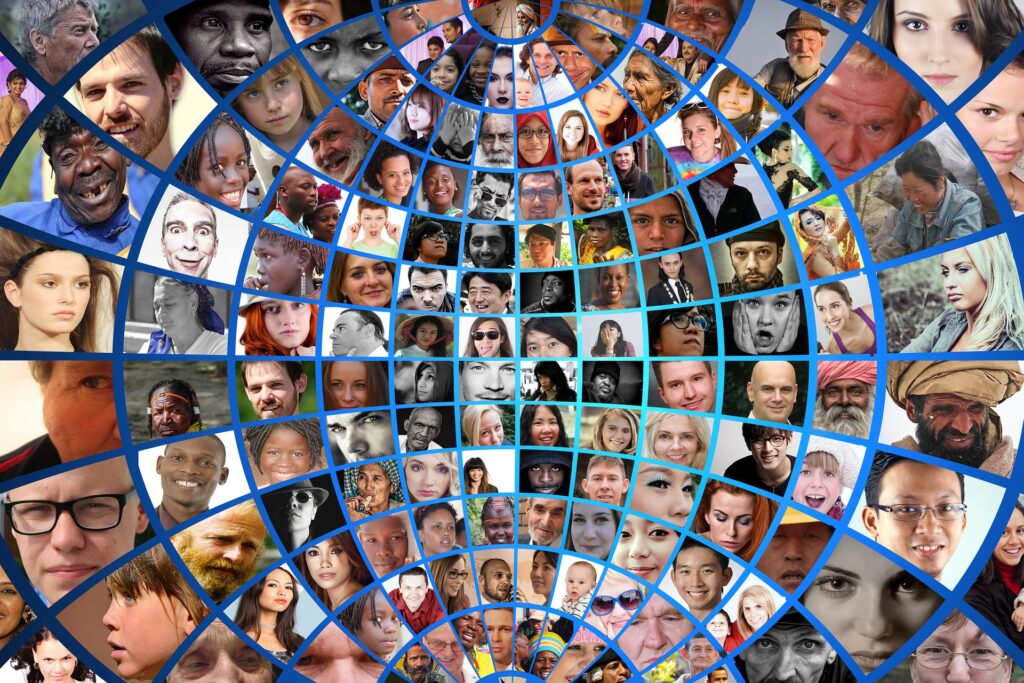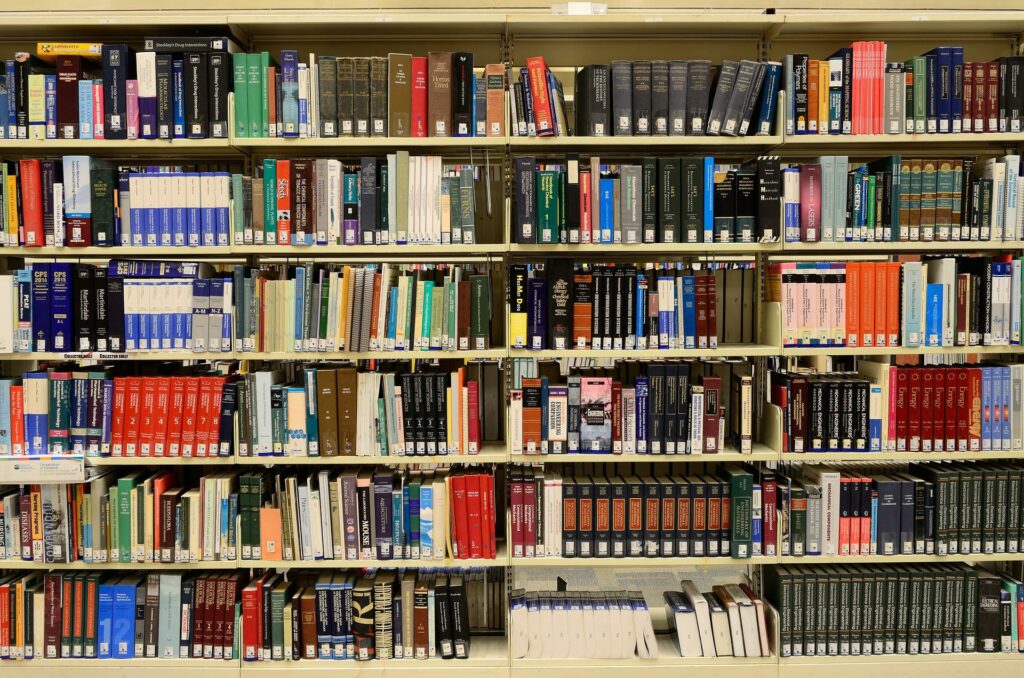Learning Objectives
- To critically reflect on representations and positioning in course books.
Resources needed
- School books.
Warning!
You can try out all activities and excercises, but you can't save any data. Please login or create a free account to save your data.
Exercise 1: Stereotypes in school books

Course books, textbooks, and other teaching materials are a valuable part of teachers’ resources, providing materials for working with learners. All teaching materials convey explicit messages but they also include implicit messages in terms of what and who is represented and in what ways. Although great strides have been made towards more inclusive and diverse content, there remains some way still to go in many sources.
When we think of stereotypes, we sometimes only think of sexism or racism. But there are several different forms of stereotypes. Which other types of stereotypes can you think of?
Please have a look at the following types of biases and their definitions. The definitions were provided by the Oxford Learner’s Dictionary.
- Racism: the unfair treatment of people who belong to a different race
- Sexism: the unfair treatment of people, especially women, because of their sex and the attitude that causes this
- Languagism: discrimination based on features of language such as accent, syntax, or vocabulary.
- Ableism: unfair treatment of disabled people by giving jobs or other advantages to able-bodied people
- Ageism: unfair treatment of people because they are considered too old
- There may also be discrimination because of someone’s religion, sexual orientation, or family structures.
Please have a look at the article “School textbooks are stuffed with gender stereotypes, new study says” on gender stereotypes to learn more about the subtle ways in which course books shape students’ understanding of the world.
The article demonstrates the different ways in which activities may be biased. Course books give students expectations of what they and others should be like or should be interested in. The specific examples in this article show that gender stereotypes may be found in course books for many school subjects.
Please reflect on the following questions and share your thoughts in the space below:
What were your thoughts when you read about all of these concrete examples of stereotypes used in course books?
Which of the biased activities mentioned in the article affected you most and why?
To what extent can you find similarities in your own coursebooks?
Exercise 2: Analysing course books
For this exercise, please select a school book that you are currently working with or one you have worked with in recent years. When analysing a book, we usually try to dig deeper and unpack the text at hand, and if pictures are involved, we place a focus on these, too. However, important pieces of information in books are not always explicitly stated. Sometimes, looking for what is not mentioned can lead to interesting findings and conclusions.

Open your book and pick a section that you would like to have a closer look at. A section covering about 10 to 15 pages should work well. Let’s start with the pictures.
Are there pictures of men and women, of various ages, from different backgrounds? What do you notice about what they are portrayed doing?
Look at the activities, text and visuals in the book in more detail. Select three of the categories (racism, sexism, languagism, ableism, ageism, religion, sexual orientation, and family structures) that you would like to pay particular attention to. Consider in which ways the course book draws on stereotypes (e.g., men go to work and women stay at home) but also please highlight in which ways the course books manage to challenge stereotypes (e.g., women are shown in leadership positions). Now complete the table below.
| Category | Examples of stereotypes | Examples of non-biased activities |
|---|---|---|
Having taken a critical look at your materials, what biases or stereotypes did you notice?
Please have a look at the following stereotypes and rank them according to how frequently they are used in course books.
- Racism
- Sexism
- Languagism
- Ableism
- Ageism
- Religious discrimination
- Discrimination of sexual orientation
- Discrimination of family structures
Students spend their mornings at school and engage with their teaching materials in the afternoon to complete their homework assignments. Teaching materials thus accompany them the whole day. If we as teachers take the time to dig deeper into our teaching materials and try to understand the subtle ways in which they may affect our learners, we may make a difference in how they see the world. We have the opportunity to create a learning environment for our learners, in which biases are critically discussed and teaching materials adapted to counteract stereotypes. Teachers are not alone with their efforts but supported by national and international campaigns. If stereotypical representations in course books and how to deal with them interest you, please have a look at the “Why is my curriculum white campaign”.
Exercise 3: Looking at additional reading materials

School books are not the only school-provided materials that students work with. Does your school have reading books or e-books that students can borrow? If you have a spare minute during your teaching day, please have a look at these books and consider the following questions:
Are there authors with diverse ethnic and gender backgrounds?
Do the stories take place in countries all over the world or are they mainly set in certain regions of the world?
Which languages are represented?
Does your school also offer books in languages spoken by the school’s learners, other than the taught languages?
Rating
- Now that you had a look at your school’s book selection, how satisfied are you with their offer?
Stereotypes are not always easy to spot. We all have our own way of seeing and understanding the world as our surroundings shape our identity and perception of who we are. This in turn determines what we consider to be a stereotype or bias. To help you consider a different point of view, please ask a friend or colleague if they could discuss the following questions with you.
How does your friend/colleague deal with activities that include stereotypes?
Does your friend/colleague openly address stereotypes in their lessons? If yes, how?
Which advice does your friend/colleague have for you concerning stereotypes in course books?

Talking to your friend/colleague has hopefully given you a new perspective and useful advice on how to deal with stereotypes in course books. Has this conversation influenced how you think about stereotypes and how you address them in class? If so, please share three useful pieces of advice that you have gained in this discussion.
Alternatively, if you cannot discuss these questions with a colleague right now, please select three pieces of advice that you would like to share with novice teachers who are interested in tackling stereotypes in their teaching.
TIP: Schools and educators can make a difference in how learners perceive the world around them. If you are interested in the topic and want to read more about it, please have a look at the article “5 things educators can do to address bias in their school”. It will give you useful insights into what teachers can do to address biases at school (National Educational Association, 2019).
